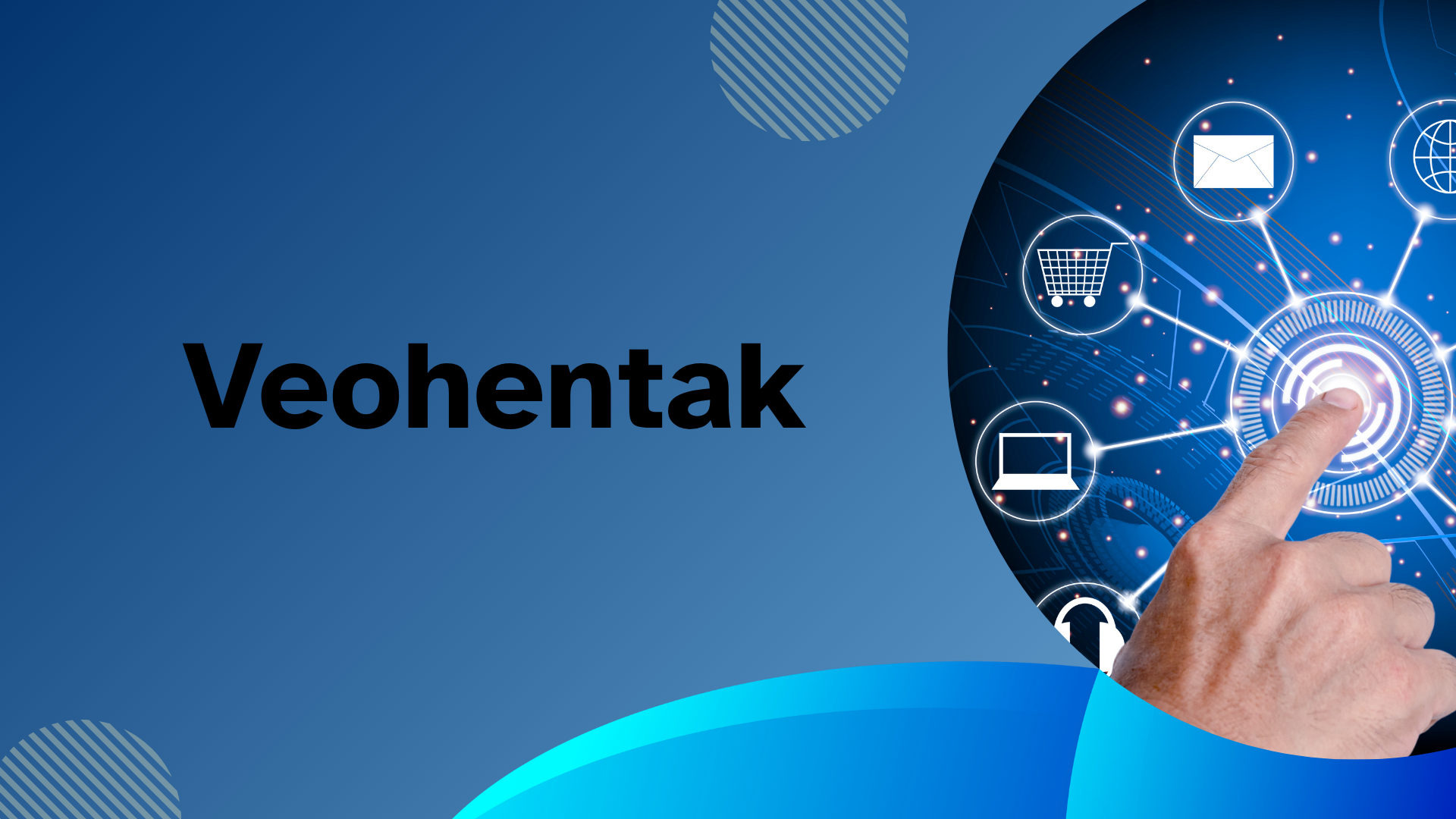1. Introduction: What is Veohentak and Why It Matters in 2025
In 2025, veohentak is emerging as a game-changer in technology, business, and innovation, influencing how industries adapt to rapid change. This dynamic approach blends efficiency, adaptability, and forward-thinking strategies, making it a valuable tool for organizations seeking to stay ahead in a competitive, fast-evolving world.
2. The Origins and Evolution of Veohentak
Although the term feels modern, its roots can be traced back to earlier systems and methods designed to improve efficiency and spark innovation. Initially, it was a niche concept applied in select industries, where experts experimented with frameworks capable of adapting to shifting demands. Over time, these early models transformed into a more sophisticated, multi-layered system recognized today.
By 2025, the concept had matured into a versatile solution adopted by sectors ranging from startups to multinational corporations. Its development reflects the increasing need for smarter, more flexible tools that address complex challenges. What began as a targeted approach has grown into a universal strategy, influencing how businesses think, operate, and innovate in the modern era.
3. Key Features and Applications in Today’s World
At its core, this system is known for three standout qualities—adaptability, scalability, and intelligence. Adaptability enables it to adjust seamlessly to changing environments, whether that means shifting market trends or advancements in technology. Scalability ensures it can grow alongside a business, handling increasing demands without sacrificing performance. Its intelligence—driven by data insights—supports real-time, informed decision-making.
In practice, it’s applied in areas like project management, AI-driven analytics, and operational automation. Technology companies use it to streamline product development, while healthcare providers employ it to improve patient data management and diagnostics. This versatility is a key reason it’s gaining global traction as a trusted solution for both traditional and emerging industries.
4. The Role of Veohentak in Technology and Innovation
Within the tech space, veohentak acts as a bridge between emerging tools and real-world application. By incorporating AI, machine learning, and automation into its framework, it enables faster innovation cycles and more efficient problem-solving, helping businesses turn ideas into tangible results with minimal delay.
5. Challenges, Myths, and Misconceptions About Veohentak
While widely praised, it’s not without challenges or misconceptions. Some assume it’s only suitable for large enterprises, while others underestimate the resources required for effective adoption—leading to unrealistic expectations and overlooked integration issues. Addressing these concerns early can ensure smoother implementation and long-term success.
6. Future Outlook: Where Veohentak is Headed Beyond 2025
Looking ahead, veohentak is set to play a central role in shaping next-generation solutions, with deeper integration into AI ecosystems, sustainable technologies, and global business strategies that demand agility and precision. Its steady evolution will keep it relevant and impactful for years to come. This progression positions it as a cornerstone for future-ready strategies across multiple industries.
7. Conclusion
In 2025, veohentak stands out as a transformative approach that blends adaptability, intelligence, and scalability to address modern challenges. As industries continue to evolve, its influence will only expand, making it a valuable asset for organizations aiming to stay competitive in a rapidly changing world. Its adaptability ensures it will continue to meet the demands of both present and future markets.
8. FAQs
1. What is veohentak?
A modern framework designed to improve efficiency, adaptability, and innovation across industries.
2. Which industries use it the most?
It’s commonly applied in technology, healthcare, manufacturing, and business management.
3. Is it only for large businesses?
No, it can be adapted for startups, small companies, and large corporations alike.
4. How will it evolve in the future?
Expect deeper integration with AI, automation, and sustainable practices to meet global demands.

Leave a Reply